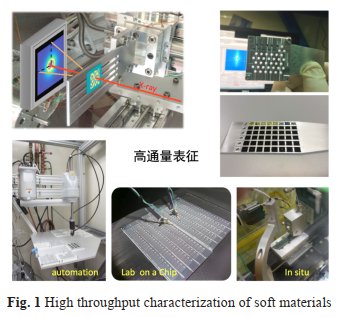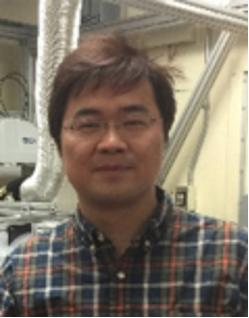High throughput characterization of soft materials
Feng Liu1,*, Cheng Wang 2, Alex Hexemer 2
1School of chemistry and chemical engineering, Shanghai Jiao Tong University, No 800 dongchuan Rd, Shanghai, 200433
2 Advanced Light Source, Lawrence Berkeley National Lab, 1 cyclotron road, Berkeley, 94720
EXTENDED ABSTRACT: Soft material is an important sector in functional materials, which finds broad applications in membranes, fibers, elastomers, and thin film devices. A key feature for soft materials is that they bear quite complex nano-to-micro morphology, originating from the chemistry structure to self-assembly, and to functional structures. Establishing a solid structure-property relationship is the key in functional soft material research. Because of the material complexity and ambiguity of mesoscale structures, it is crucial to developing high data density structure characterization methods, which could generate large quantity of morphology details and could hopefully correlate with the material functions. This lecture gives a brief discuss on the progress of the high throughput characterization using hard and soft x-ray scattering techniques. The new resonant soft x-ray scattering method is introduced, and present progress of the Berkeley scattering group is reviewed. Frontiers in optoelectronic thin films and block copolymer assembly are covered. The high throughput scattering characterization tools and data streams are also covered.

REFERENCES [1] W. Zhong, F. Liu, C. Wang, J. Phys. Condens. Matter 2021, 33, 313001

Professor in Shanghai Jiao Tong University. He obtained PhD degree in polymer physics in 2014, and worked as postdoc fellow in Berkeley Lab since then. He joined SJTU since 2016. His research covers synchrotron scattering characterization, organic photovoltaics, fuel cells ect. He has published more 300 research articles with a citation over than 300 and the H index of 85. He is an Clarivate Highly Cited Researcher.